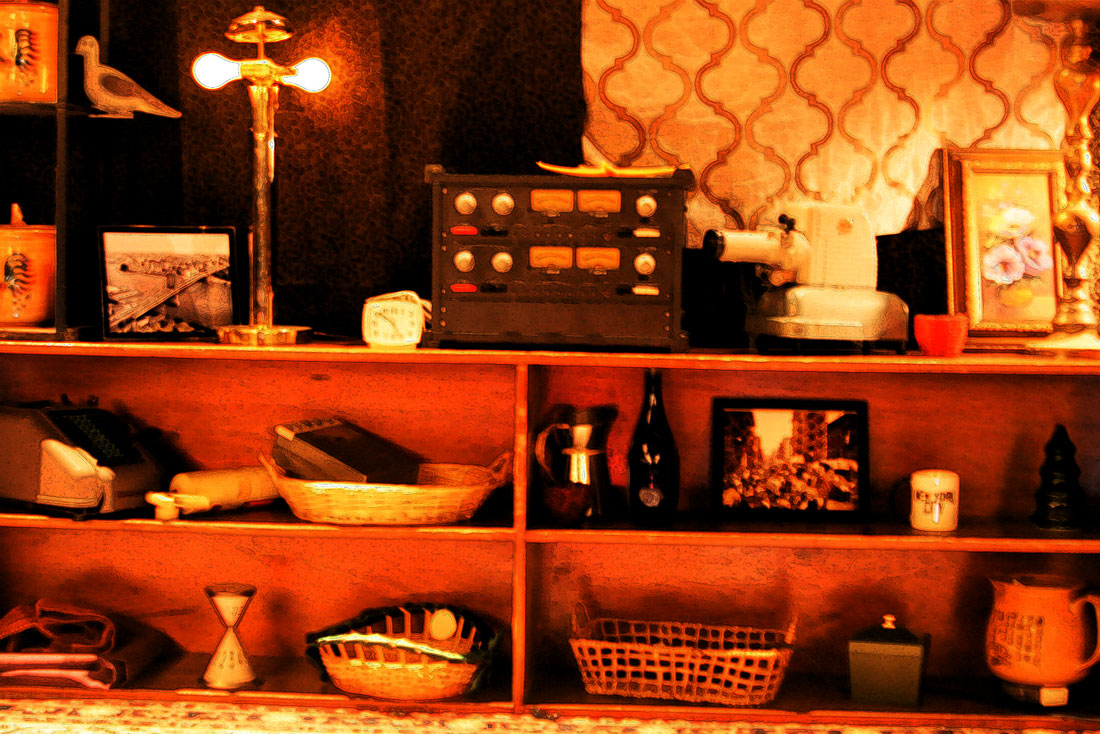What kind of neighborhood is Gowanus going to be.
“Gowanus is at an inflection point. Our past is colliding with our future,” Sean Gannet, the main organizer of TEDxGowanus, said in his introduction to the independently organized TED event that took place Sunday. The event took place partly in The Green Building and partly across the street in 501 Union and featured handful of speakers we were particularly excited to hear from.
No doubt some people were thinking that when a neighborhood opens a Whole Foods one month and hosts a TEDx the next, it’s well past the inflection point.
People who weren’t able to get tickets to the sold out event could watch via LiveStream at viewing parties or at home.
The event wasn’t strictly local, though. They also showed several videos of TED talks at other events over the course of the day — a staple of globally minded TED. The event also featured tables where local organizations shared information about their work, a booth for recording one’s own Gowanus story, a 3D photo/GIF booth and an art exhibition from Proteus Gowanus.
Joseph Alexiou opened with an argument that, if not for the bog that once surrounded the Gowanus Creek, the British might have so badly routed the American Revolutionaries at The Battle of Brooklyn that there might be no independent United States today.
T.M. Rives followed him by explaining the importance of the fact that Gowanus is one of the few parts of New York with a name that harkens back to its previous native tenants. He also knows the secrets of Central Park.
With that historical context, it should be no surprise to anyone who knows the neighborhood’s most famous feature that the topic speakers returned to again and again was pollution, runoff and the canal.
Kate Orff said that the canal is “cleaner than you might think.” Technically Brooklyn was disappointed to learn that we missed Scape’s Fuzzy Rope Weaving evening, where she invited the community to come out and help her tie together rope designed for hosting baby oysters.
She described dropping the strategically tied up ropes off the pier into the Gowanus, pulling them back out some time later and finding them covered in oysters. Her talk at 501 Union was an update to the talk she gave at TEDWomen 2010.
Lenny Speregen and John D’Aquino of the Coney Island River Rats corroborated her findings somewhat with their video of the Saturday dive D’Aquino made into the Gowanus.
After showing the surprisingly high tech rig that divers use in New York’s water (that umbilical cord attached to their helmet doesn’t just deliver air, it also transmits voice and high definition video). D’Aquino wasn’t able to do the dive live because the temperature was too low, so he did it the day before and saw little white dots that Speregen explained were baby oysters.

John D’Aquino, live via hi-def transmission by fiber optics from the edge of the Canal.
Ate Atema showed an innovative approach to stormwater management that he and some fellow designers and hydrologists came up with that they would like to pilot in the Gowanus: Street Creeks.
Most modern stormwater interventions work by attempting to get the water volume from 90 percent of an area’s storms into the ground (infiltration) rather than the stormwater system. Street Creeks works differently. It only infiltrates the first 0.15 inch. The rest, it diverts out of stormwater system through surface level creeks.
Its a modular system that can be built as slowly or as quickly as a city can afford, as long as it starts with blocks by the water and works out from there.
This was also an update talk, as Atema previously described the idea at TEDat250.
He’s working now to build support for a pilot project. He’d be happy to have it built anywhere, but really thinks the Gowanus watershed is ideal.
Meanwhile, Rachel Fershleiser from Tumblr came out to reassure everyone that deep thinking isn’t dead in a post-Twitter world. “The more tools we get for communication and collaboration, the more we are taking reading and writing and building communities around them,” she said
She told a story of avid social media user and writer John Green‘s fierce following. She said that when his latest book, The Fault in Our Stars, was still forthcoming, his fans were counting down the days on their blog. When a few fans got the book early due to a retailers mistake, they made a great show of not reading it till its proper release date.
Fershleiser said that the point of this was to show that what was important was the community of fans experiencing the book together.
Echoes of that sentiment were reiterated by Leah Selim, who has used the Internet to organize Global Kitchen, where immigrant chefs conduct cooking classes where they teach foods from their native countries.
Join the TEDxGowanus mailing list to find out when the videos are released on line and be first in line for tickets for next year’s event.
Join the conversation!
Find news, events, jobs and people who share your interests on Technical.ly's open community Slack
